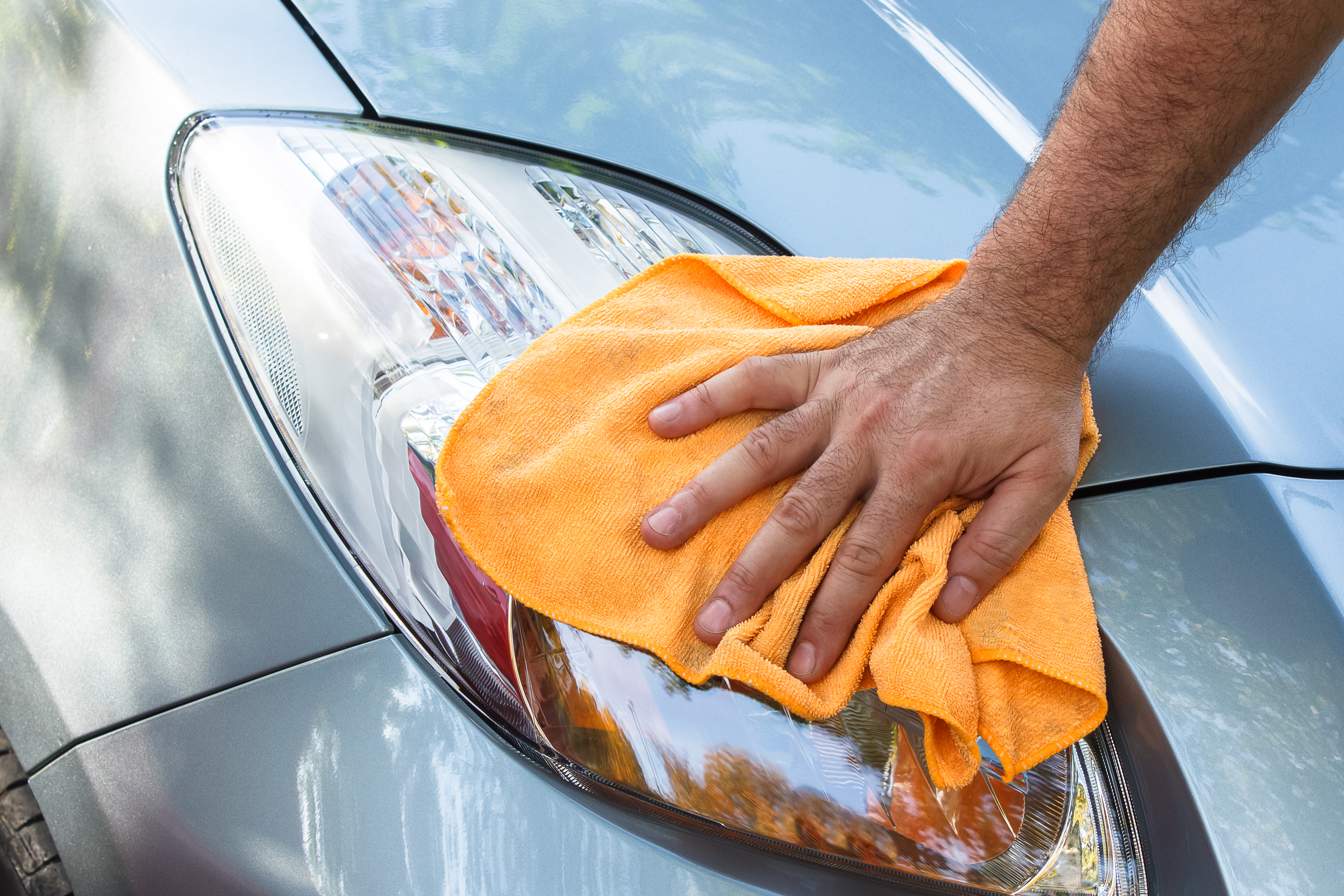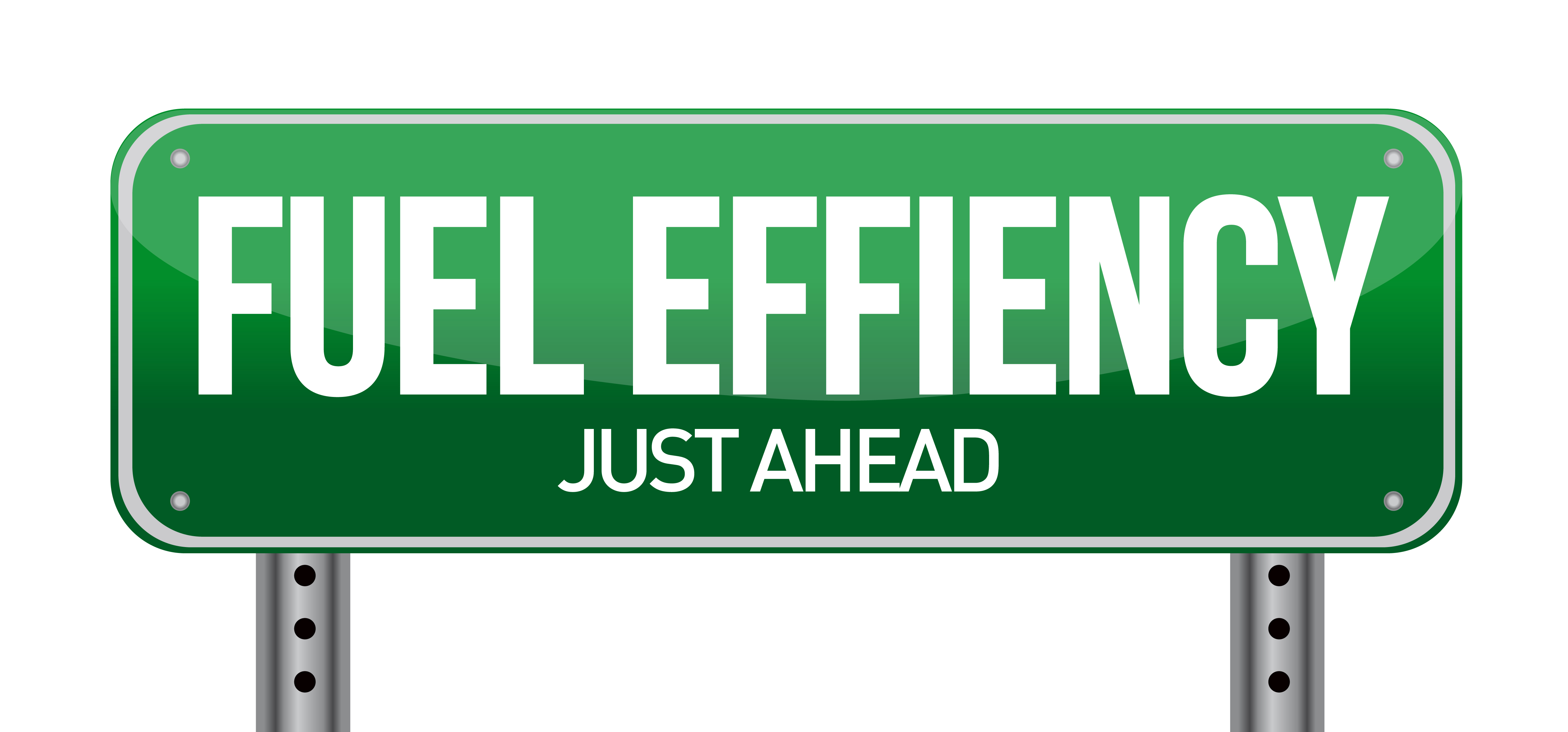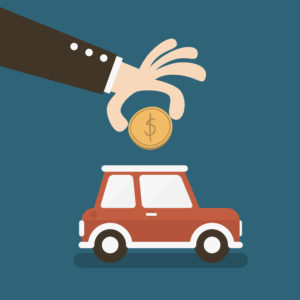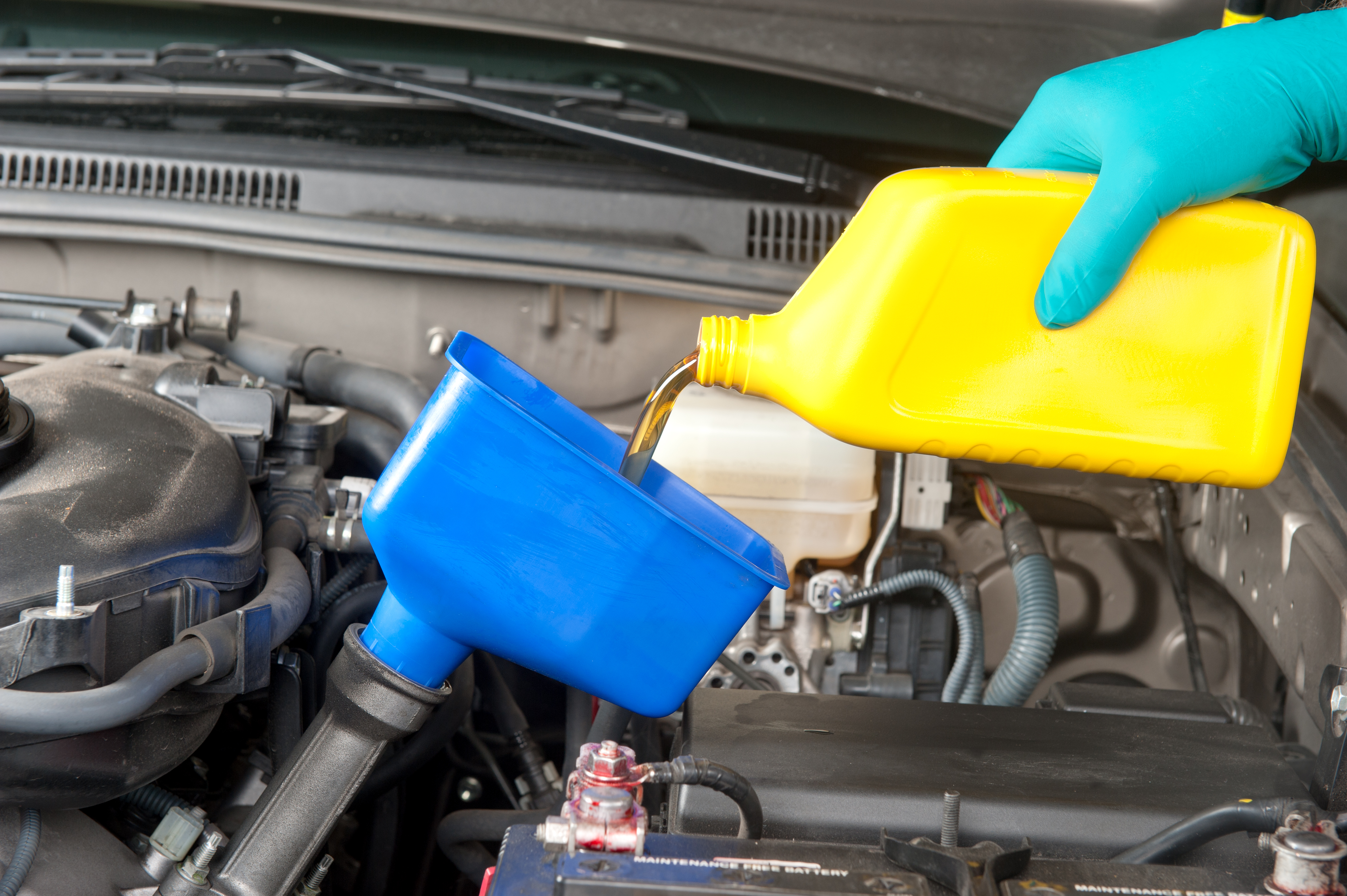About Car Lease Payments
Function
Car lease payments allow a person to use a car during the period of the lease. Sometimes, though not always, these payments can be lower than traditional car loan payments. The lease payments pay for the depreciation of the car’s value during the time of the lease plus an interest component to the company doing the financing.
Benefits
Car lease payments can be cheaper than a comparable car loan payment. This allows a driver to maximize their cash flow by minimizing an expense. Additionally, because cars lose value over time, car lease payments give the customer the necessary ability to drive a car without requiring them to purchase an object that will be losing value.
Considerations
Generally, a car lease payment is a function of the car’s resale value, the length of the lease, and the interest charged on the lease. A car with a higher resale value will have a lower lease payment if all other factors are equal. Because cars lose so much value the first year of ownership, a two-year or longer lease will have lower payments than a one-year lease.
Misconceptions
Despite attempts to conceal it, there is an interest rate associated with car lease payments. Many lenders hide this fact by calling the interest rate something else and then manipulating its value. Usually, the interest rate will be called a “money factor” and expressed as a tiny decimal number. Multiplying the money factor by 2400 gives the annual perentage rate (APR) interest on the lease.
Size
A car lease payment is calculated by taking the amount the lender expects the car will depreciate over the life of the lease and then taking that amount and calculating a monthly payment that will cover the depreciation plus the interest on the lease over the life of the lease. The size of the car lease payment then goes up for a car that depreciates faster.
Warning
Many leases require that the entire value of the lease be covered regardless of how long the owner has the car. Thus, a three-year lease with car lease payments of $300 per month is a total lease of $12,600. If the owner chooses to sell the car in two years and exit the lease, the owner may still owe the full $12,600 minus the payments already made even though the owner will not be using the third year of the lease. In addition, many leases contain fees and charges for certain kinds of wear and tear as well as fees to terminate the lease even after the full period has expired.
Quick Money Savings Tip For Safe Drivers
There are dozens of auto insurers – Which one will give you the best rate?
Step 1) Choose your vehicle make below.
Step 2) On the next page, complete the 4 minute questionnaire, and you'll have the opportunity compare the best rates in your area.
Step 3) Keep more money and possibly save hundreds!










